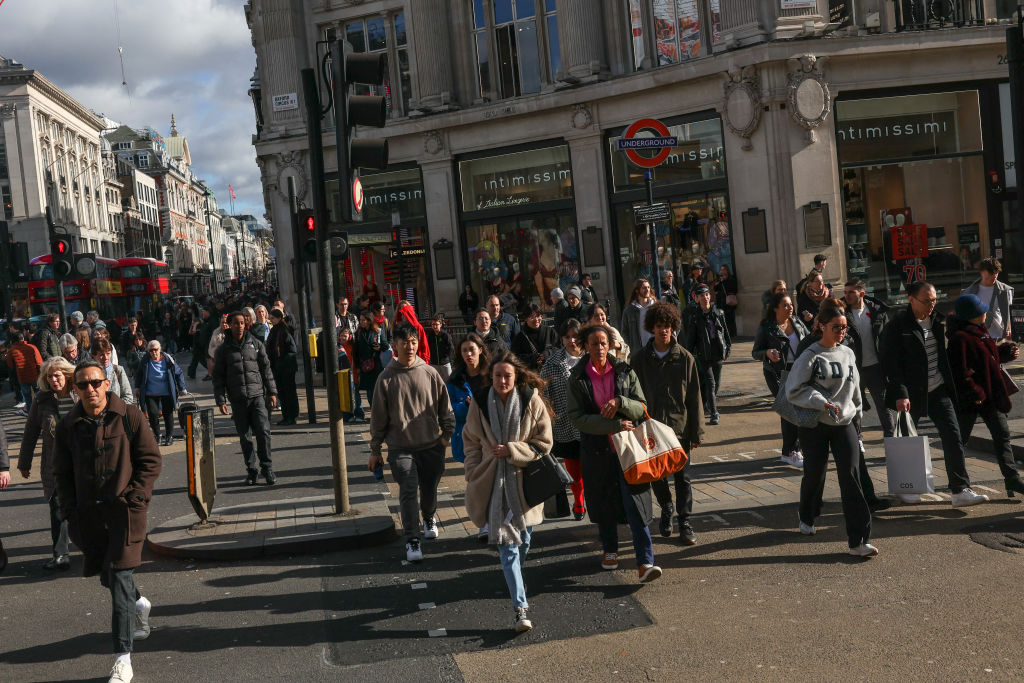It has been a miserable few years for our quality of life. People have gotten used to that sinking feeling every time you read a price tag at the supermarket, receive an electricity bill or – particularly for younger generations – think about someday buying a house.This squeeze comes from prices rising faster than wages, and has resulted in the biggest slump in living standards since records began. According to the Office for Budget Responsibility’s latest forecasts, household incomes will still be 3.5 per cent below pre-pandemic levels over the coming year.
The immediate causes of this crisis are well-known. The Bank of England printed too much money during Covid, pushing up inflation while Russia’s invasion of Ukraine disrupted global energy markets. But there are also deeper and longer-running structural factors at the core of Britain’s woes. This longer-term picture can be better understood by looking at what prices have – and have not – been rising over recent decades.







Comments
Join the debate for just $5 for 3 months
Be part of the conversation with other Spectator readers by getting your first three months for $5.
UNLOCK ACCESS Just $5 for 3 monthsAlready a subscriber? Log in